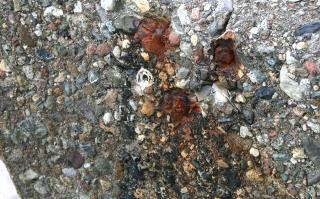Dr Clark tackles the science behind longitudinal blending beds for crushed raw materials. He discusses the part played by blending time, bed dimensions, volume, layering and stacker speed in the effectiveness of the blending bed.
The vast majority of modern cement plants have some sort of blending bed for smoothing the variation in the raw materials before they are ground in the raw mill to produce the kiln feed. These blending beds can be laid out longitudinally or circularly. The principle is to build up layers of the crushed raw material in one dimension and then to reclaim the mixed material in the opposite dimension. This produces an intimate mixing of the raw materials before feeding to the raw grinding mill.
